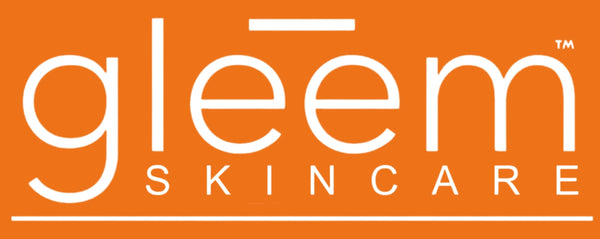Most people think cancer announces itself loudly.
Truth is — sometimes it whispers.
And one of the first places those whispers show up? Your skin.
Your skin is your body’s largest organ. It reflects inflammation, hormonal imbalance, immune stress, and internal disruptions long before you feel “sick.”
While no skin change proves cancer, certain patterns absolutely deserve attention — especially for women with a family history of breast cancer.
Let’s break down what dermatologists and oncologists actually look for.
🔎 1. A New Skin Lesion That Doesn’t Behave Normally
If something on your skin shows up and refuses to heal — that’s a red flag.
Pay attention to:
- A sore that crusts, bleeds, or scabs repeatedly
- A patch that oozes or stays raw
- A lesion that heals and reopens in cycles
- Something that itches or burns consistently without explanation
These can be early indicators of basal cell carcinoma, squamous cell carcinoma, or in rare cases Paget’s disease of the breast, which begins on the skin of the nipple/areola.
🎯 2. Changes in the Nipple or Areola (Major Breast Cancer Indicator)
These are NOT normal aging or dryness signs:
- Nipple inversion that wasn’t there before
- Red, scaly, eczema-like rash around the nipple
- Persistent crusting or flaking
- Localized thickening of the areola
These symptoms often mimic irritation or a “skin issue” — but can be an early sign of breast cancer or Paget’s disease.
🩶 3. Unexplained Skin Thickening or “Peau d’Orange”
This is one of the most important breast cancer skin markers to educate on.
Peau d’orange (French for “orange peel skin”) appears when:
- The breast skin becomes thick, dimpled, or pitted
- Pores look enlarged
- The area feels heavy or warm
This is a hallmark sign of inflammatory breast cancer, a rare but aggressive form that often has no lump at all.
💥 4. Sudden, Asymmetric Breast Redness or Swelling
Many women mistake this for:
- A rash
- An allergic reaction
- A bug bite
- “Hormonal swelling”
But if one breast becomes:
- Red
- Warm
- Swollen
- Tender
—especially if it happens quickly, this is another sign associated with inflammatory breast cancer.
⚠️ 5. Unusual Bruising With No Trauma
Cancer affects blood vessels and platelet production.
When unexplained bruising shows up — especially on the breasts — it deserves evaluation.
✨ 6. Systemic Skin Changes That Reflect Internal Stress
Cancer can disrupt immune and metabolic pathways long before diagnosis.
Common subtle signs:
- Persistent dry patches that do not respond to moisturizers
- Sudden eczema-like flares in adults with no history of eczema
- Unexplained itchiness (whole body or localized)
- Yellowing tone or grayish cast to the skin
- Sudden, intense sensitivity to skin products
These are not diagnostic, but they tell you something internal is off.
💗 7. Skin Changes from Hormonal Shifts Linked to Breast Tumors
Breast tumors can trigger hormonal imbalances that appear on the skin as:
- Sudden adult acne clusters
- Unexplained hyperpigmentation
- Hormonal melasma that appears “out of season”
- Texture changes around the décolleté
- Your skin reacts to endocrine disruption — whether caused by stress, perimenopause, or in rare cases, an underlying tumor.
🫶 Where Gleem Fits Into This Conversation — Comfort, Not Cure
Gleem is not a cancer diagnostic tool. But Gleem was born from a cancer journey
So here’s what Gleem can offer:
- Soothing care for irritated, inflamed, post-chemo skin
- Barrier repair for sensitivity during or after treatment
- Aloe-based calm for burning, dryness, and discomfort
- Microbiome support when immunity and skin flora are compromised
- Safe, non-irritating formulas for women who can’t tolerate most skincare
But the MOST important message? If your skin is acting “off” in ways that don’t match your normal pattern — talk to your doctor. Skin can be the first clue that something deeper needs attention. This is how you save lives without fear-mongering

